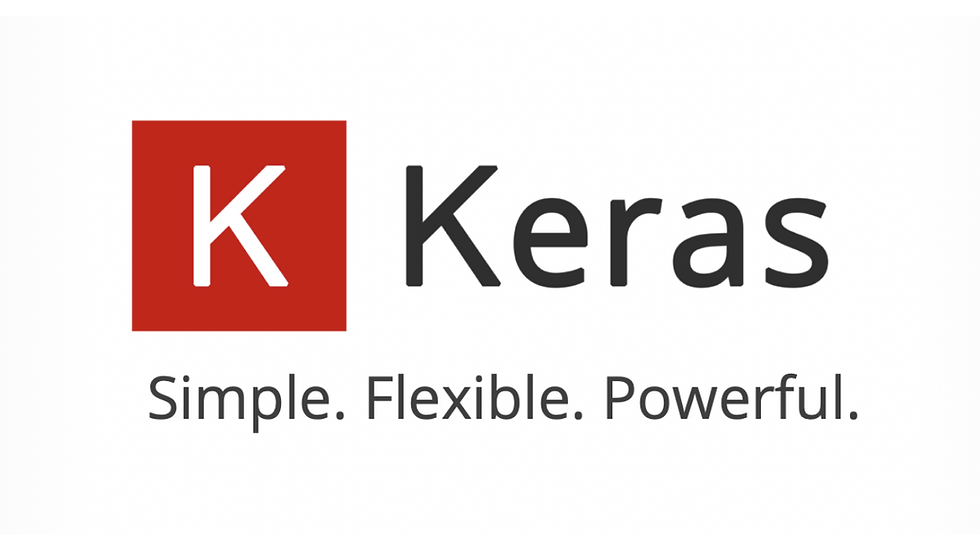Training and Evaluating Models in Keras | Keras Assignment Help
- Pushkar Nandgaonkar
- Feb 21, 2023
- 2 min read
Keras is a high-level neural networks API that provides a range of tools for training and evaluating models. In this article, we will explore the key concepts of training and evaluating models with Keras, including compiling models, training models, callbacks, and evaluating models.

1. Compiling Models
Before training a model with Keras, you need to compile it. Compiling a model involves specifying the optimizer, loss function, and metrics. Here is an example of compiling a model in Keras:
model.compile(optimizer='adam', loss='categorical_crossentropy',metrics=['accuracy'])In the above example, we have specified the Adam optimizer, categorical cross-entropy as the loss function, and accuracy as the metric.
2. Training Models
Once you have compiled your model, you can begin training it. Training a model involves feeding it with input data and the corresponding output data. Here is an example of training a model in Keras:
model.fit(x_train, y_train, epochs=10, batch_size=32, validation_data=(x_test, y_test))In the above example, we have specified the input data (x_train) and the corresponding output data (y_train). We have also specified the number of epochs and batch size for training the model. The validation_data parameter is optional, and it allows you to specify the validation data for the model.
3. Callbacks
Keras provides a range of callbacks that can be used during the training process to monitor the progress of the model and adjust the learning rate if necessary. Here is an example of using the EarlyStopping callback in Keras:
from keras.callbacks import EarlyStopping
early_stopping = EarlyStopping(monitor='val_loss', patience=5)
model.fit(x_train, y_train, epochs=10, batch_size=32, validation_data=(x_test, y_test), callbacks=[early_stopping])
In the above example, we have specified the EarlyStopping callback with a monitor parameter of val_loss and a patience of 5. This means that the training process will stop if the validation loss does not improve after 5 epochs.
4. Evaluating Models
After training a model, you can evaluate its performance using the evaluate method in Keras. Here is an example of evaluating a model in Keras:
score = model.evaluate(x_test, y_test, batch_size=32)
print('Test loss:', score[0])
print('Test accuracy:', score[1])In the above example, we have used the evaluate method to evaluate the performance of the model on the test data (x_test and y_test). The batch_size parameter is optional, and it allows you to specify the batch size for evaluating the model.
In conclusion, Keras provides a range of tools for training and evaluating models, including compiling models, training models, callbacks, and evaluating models. By using these tools, you can build powerful and accurate deep learning models that can solve a wide range of problems.




Comments